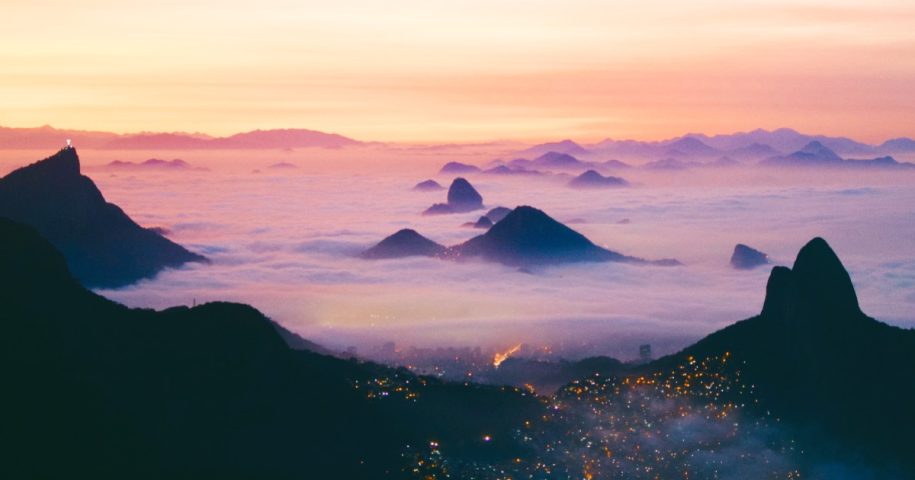Brazil, a vast and diverse country, offers visitors a wealth of natural wonders, cultural experiences, and vibrant cities. From the lush Amazon rainforest to the sun-soaked beaches of Rio de Janeiro, choosing the best time to visit Brazil depends on various factors such as weather, festivals, and personal preferences. Whether you seek outdoor adventures, lively celebrations, or simply want to escape the winter chill, Brazil has something to offer year-round. Let’s dive into the different seasons and highlight the ideal times to visit this captivating South American destination. when is the best time to visit Brazil?
- Summer (December to February): Brazil’s summer months bring warm temperatures and vibrant energy to the country. It’s an excellent time to explore Brazil’s renowned beaches and coastal destinations. Enjoy the sun-kissed shores of Rio de Janeiro, venture to the stunning northeastern coastline, or discover the pristine beaches of Florianopolis. Keep in mind that this period coincides with the peak tourist season, especially during the festive season and Carnaval, so popular attractions may be more crowded.
- Autumn (March to May): Autumn in Brazil offers milder temperatures and fewer crowds, making it an ideal time to explore various regions. The Amazon rainforest experiences lower rainfall during this season, making it easier to navigate and spot wildlife. The Pantanal wetlands also enter their dry season, offering exceptional opportunities for wildlife safaris. Additionally, autumn is a great time to visit cultural hubs such as Salvador, where you can experience festivals like Semana Santa (Holy Week) and enjoy the city’s vibrant Afro-Brazilian culture.
- Winter (June to August): Winter in Brazil brings cooler temperatures, particularly in the southern regions. However, in the northern parts of the country, such as the Amazon and the Pantanal, it remains relatively warm and humid year-round. This season is an excellent time to visit the Iguazu Falls, as the reduced rainfall leads to more manageable water levels and clearer views. Additionally, the winter months offer a chance to explore vibrant cities like São Paulo and Brasília without the intense heat of the summer.
- Spring (September to November): Spring in Brazil brings pleasant temperatures, blooming flowers, and a festive atmosphere. It’s an excellent time to explore Brazil’s natural wonders, including the stunning Chapada Diamantina National Park and the Lençóis Maranhenses National Park, with their striking sand dunes and freshwater lagoons. Additionally, September marks the beginning of the whale-watching season in places like Florianopolis and Paraty, where you can witness the majestic southern right whales.
- Year-Round Attractions: While each season has its advantages, some attractions in Brazil can be enjoyed year-round. The vibrant city of Rio de Janeiro, with its iconic landmarks like Christ the Redeemer and Sugarloaf Mountain, can be visited at any time. The Amazon rainforest offers unique experiences throughout the year, although the dry season (June to November) allows for better access to certain areas. Additionally, cultural events like music festivals, street parties, and regional celebrations occur throughout the year, adding an extra layer of excitement to your visit.
Conclusion: With its diverse landscapes and a rich tapestry of cultural experiences, Brazil welcomes visitors year-round. The best time to visit depends on your preferences, whether it’s basking on sunny beaches, exploring lush rainforests, attending lively festivals, or enjoying milder temperatures. Consider the different seasons, weather patterns, and specific attractions you wish to explore when planning your Brazilian adventure. No matter where you go, Brazil’s warmth, beauty, and infectious energy are sure to leave an indelible impression on your journey.


Leave a Reply